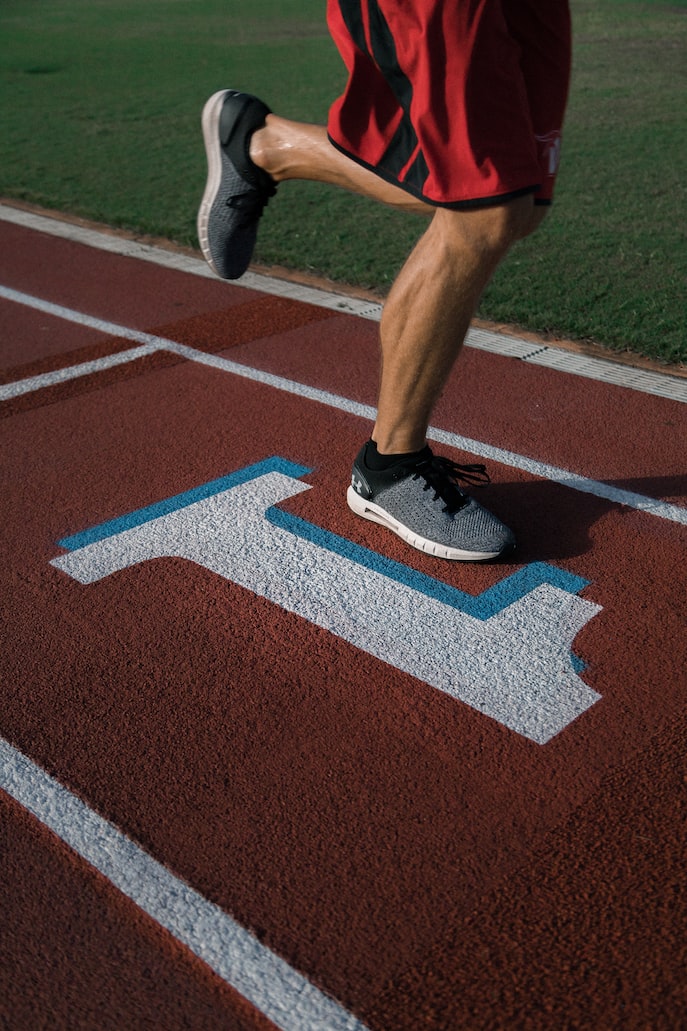How to Strengthen Your Padel Game While Preventing Tennis Elbow
3 min read
How to Strengthen Your Padel Game While Preventing Tennis Elbow
Greetings, fellow padel enthusiasts!
Are you eager to take your padel game to the next level? Are you excited to outplay your opponents and dazzle the crowd with your skills? Well, you’ve come to the right place! Today, we will not only discuss how to strengthen your padel game but also address the common issue of preventing tennis elbow in padel. So, grab your racket, put on your game face, and let’s dive in!
Understanding Tennis Elbow in Padel
Before we jump into the strategies to prevent tennis elbow, let’s first understand what it actually is. Tennis elbow, or lateral epicondylitis, is a condition that causes pain and inflammation in the tendons of the forearm muscles. Although the name suggests it’s prevalent in tennis, it can also affect padel players. The repetitive motions involved in padel, such as striking the ball with force and performing backhand shots, can strain the tendons and lead to this dreaded condition.
Warm-Up and Stretch
Prevention is always better than a cure, right? So, let’s start by preparing our bodies for the epic battles on the padel court. A good warm-up is crucial to get your muscles ready for action and prevent injuries, including tennis elbow. Take a few minutes before each game to perform dynamic stretches and mobility exercises. Focus on your wrists, forearm muscles, and shoulder joints. With a proper warm-up routine, you’ll enhance your game while reducing the risk of injury.
Strengthen Your Forearm Muscles
One of the best ways to prevent tennis elbow is to strengthen the muscles in your forearms. This can be achieved through specific exercises that target these muscle groups. Grab a light dumbbell or a resistance band and perform wrist curls, reverse wrist curls, and forearm pronation and supination exercises. Gradually increase the weight or resistance as your strength improves. Strong forearm muscles will not only power up your shots but also provide stability and protection to your tendons.
Proper Technique and Grip
Now, let’s talk about the importance of using proper technique and grip during your padel game. Using the wrong technique or gripping the racket too tightly can strain your forearm tendons and increase the risk of developing tennis elbow. Remember to use the right grip, adjust the racket’s weight for your comfort, and maintain proper form when striking the ball. Seek guidance from a padel instructor to ensure that you are using the correct technique and protect your precious tendons.
Listen to Your Body
It’s essential to pay attention to your body and listen to the signals it sends you. If you experience any discomfort or pain in your forearm while playing padel, don’t ignore it. Pushing through the pain can worsen the condition and prolong your recovery time. Treat any minor discomfort with ice packs, rest, and over-the-counter anti-inflammatory medications. If the pain persists or worsens, consult a healthcare professional who can provide specialized advice to treat and prevent tennis elbow in padel.
Cross-Training and Rest Days
A well-rounded athlete is not only skilled in their primary sport but also actively engages in cross-training activities. Incorporating exercises that strengthen your overall body, such as swimming, yoga, or weightlifting, can improve your performance on the padel court. Additionally, remember to schedule rest days between matches or intense training sessions. Overuse and repetitive strain can contribute to tennis elbow, so give your body the rest it deserves.
Conclusion
Congratulations! You are now armed with valuable tips to strengthen your padel game while preventing tennis elbow. Incorporate these strategies into your training routine and witness the improvement in your performance and the health of your tendons. Remember, prevention is key, so warm up, stretch, and listen to your body. Stay strong, stay healthy, and enjoy the beautiful game of padel!
Until next time,
Your friendly neighborhood padel enthusiast






